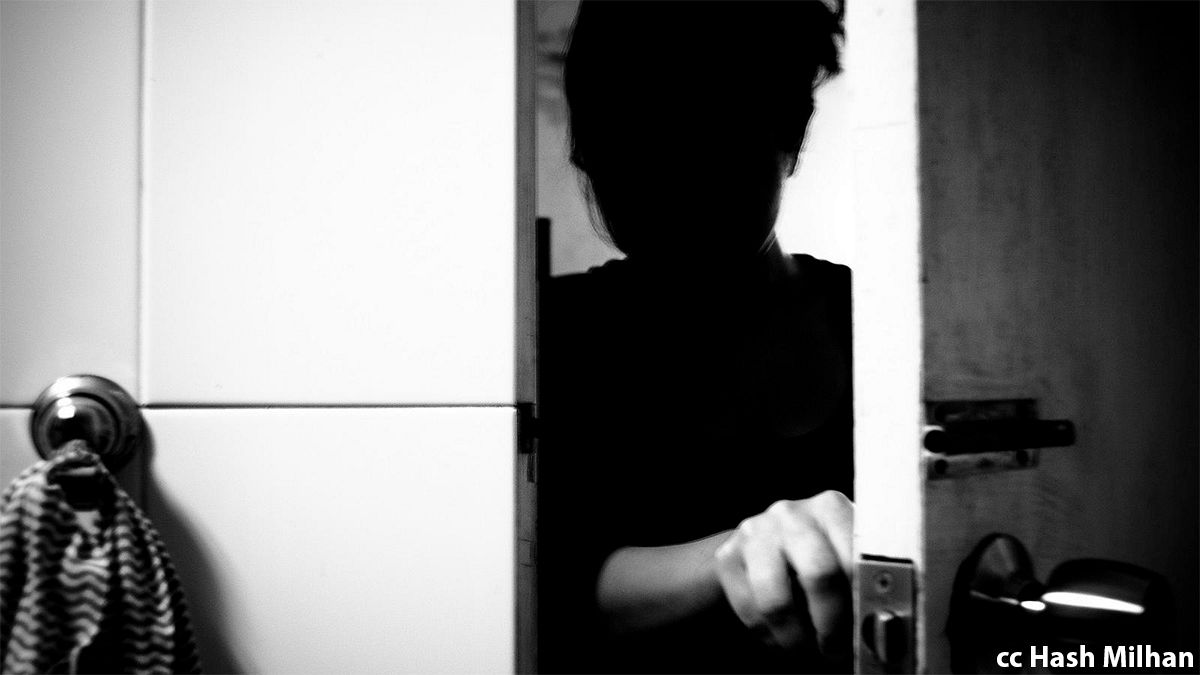Most commonly used drugs
The most common drug among Poles is cannabis, followed by sedatives and non-prescription hypnotics (such as sleeping pills). In a survey conducted by the National Bureau of Drug Prevention in late 2010, 17.6 percent of a sample of respondents aged 15 to 64 reported having used cannabis. Of them, 9.6 percent were recent users and 5.4 percent were current users (they’d taken drugs within the past 30 days). According to results from the same survey. amphetamines are the third most used drug, followed by ecstasy. Poland, along with the Netherlands, is the country that consumes most ecstasy per capita in Europe.
Most affected users and generations
According to the latest EMCDDA report (European Monitoring Centre for Drugs and Drug Addiction), Polish people are developing drug addictions at an increasingly earlier age: one 15-16 year old in four has taken cannabis at least once in their life. This is the highest usage rate among that age group in Europe, followed by France, Spain and the Czech Republic.
Data from the Polish Information Centre on Drugs and Drug Addiction is even more alarming: one 17-18 year old in three has admitted having used marijuana or hashish. In recent years consumption has consistently been on the rise. According to a 2011 study by the Institute of Psychiatry and Neurology, the proportion of people experimenting with drugs increased by 14 percent from 1995 to 2011.
Young Poles (under 18) are the largest consumers of amphetamine and ecstasy in Poland. The survey results also show that use of illegal substances is almost as popular among young adults as adolescents.
Governmental policy
Drug legislation in Poland is some of the most restrictive in Europe. An anti-drugs law passed in July, 2005 allows people to be charged for the possession and distribution of any amount of banned substance. A person arrested in possession of even one gram of cannabis could receive a sentence of up to three years in prison.
In recent years, statistics on the number of convictions related to the drug trade remain the same. However, the amount of people arrested and sentenced for being in possession of a small quantity of drugs for personal consumption increased by 1,500 over 10 years. Each year, 30,000 people are arrested for possession of illegal substances, 17,000 of whom were charged and 9,000 of whom were given prison sentences.
In 2011, the law designed to combat drug abuse saw a major amendment, which was passed in April 2011 and implemented in December 2011. The amendment was article 62a, giving prosecutors and judges the option to terminate criminal proceedings against individuals caught in possession of small amounts of narcotics and psychotropic substances for personal use.
In addition, Article 70a obliges prosecutors to collect information on the use of narcotic drugs and psychotropic substances by the accused during the preparation phase of the criminal proceedings. This measure is intended to establish their level of dependence. The regulation is a big step towards adapting the Polish legal system to the implementation of the “treat rather than punish” rule.
Practice has shown that only in a few cases has the prosecutor decided to allow them the option afforded by Article 62a, to abandon criminal proceedings.
Treatment and prevention
The most recent national survey in Poland, conducted in 2011, estimates a figure of 103,000 people who are dependent on drugs in a country of just over 38 million people (equivalent to around 0.27 percent of the population).
Following a 2005 law on the fight against drug addiction, drug treatment, rehabilitation services and help for re-insertion into society are available free of charge for drug-dependent people. They receive this help through specialised hospitals, outpatient clinics and public associations. The system of care for addicts consists mainly of forms of medium to long-term residential treatment.
Residential clinics are mainly located outside urban areas and provide medical treatment and rehabilitation programmes based on the model of community therapy.
According to the National Office of Drug Prevention, in 2011 there were 79 people in residential clinics and 212 being treated in nearby outpatient clinics in Poland.
There are also alternative treatments, but they are relatively rare: in 2011, 2,200 patients were entitled to these, mainly in care units (25 people) and in prisons (seven).
In 2010 (the most recent data available), 14,444 patients underwent residential treatment for disorders associated with drug use, 75% of whom were men. The majority were opiate users.
Regarding prevention, policy action is defined by the new national programme to fight drug abuse, which was implemented in 2011 for a period of 5 years. One of its main features is to focus on both improving the quality of prevention programmes carried out in local communities, and also raising the skill set of the therapists who implement it.
During the first year of implementation of this new programme, 66% of municipalities conducted eight universal prevention programmes.
Finally, according to 2002 Ministry of Education regulations, schools are required to develop and implement a prevention policy. This rule also applies to the early identification of social maladjustment among young students, and the psychological and educational assistance to students and parents considered at risk from drugs.


